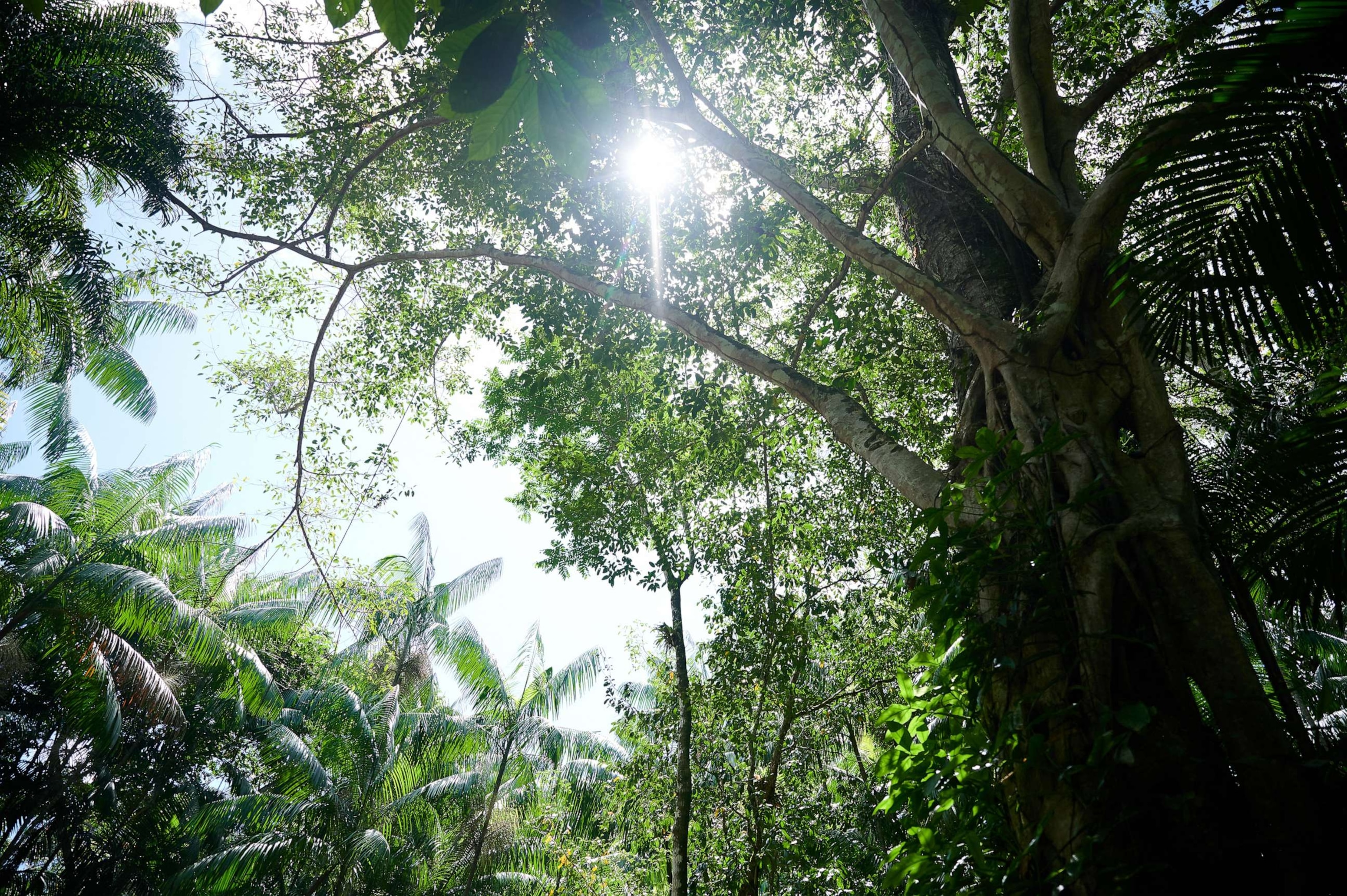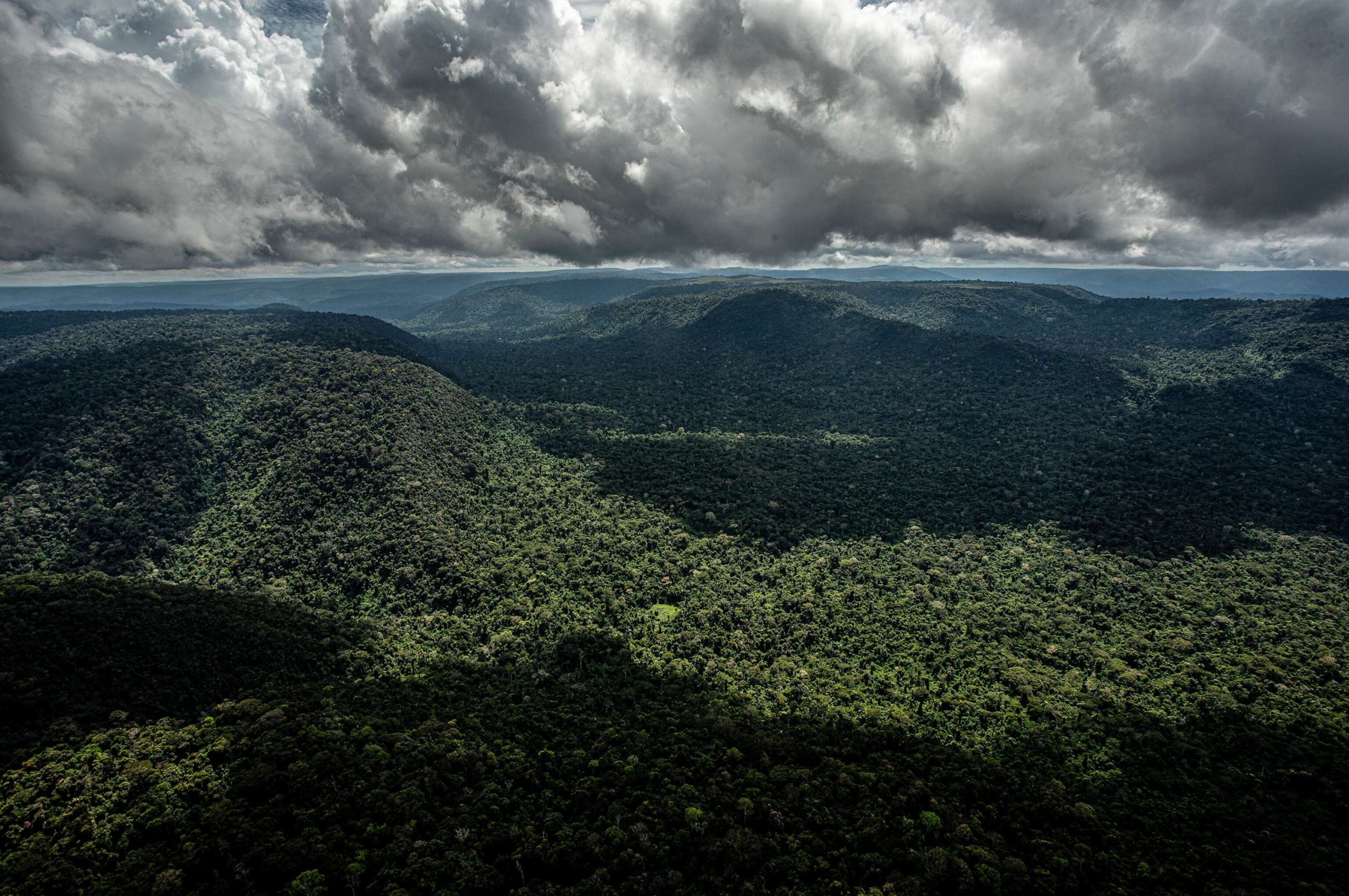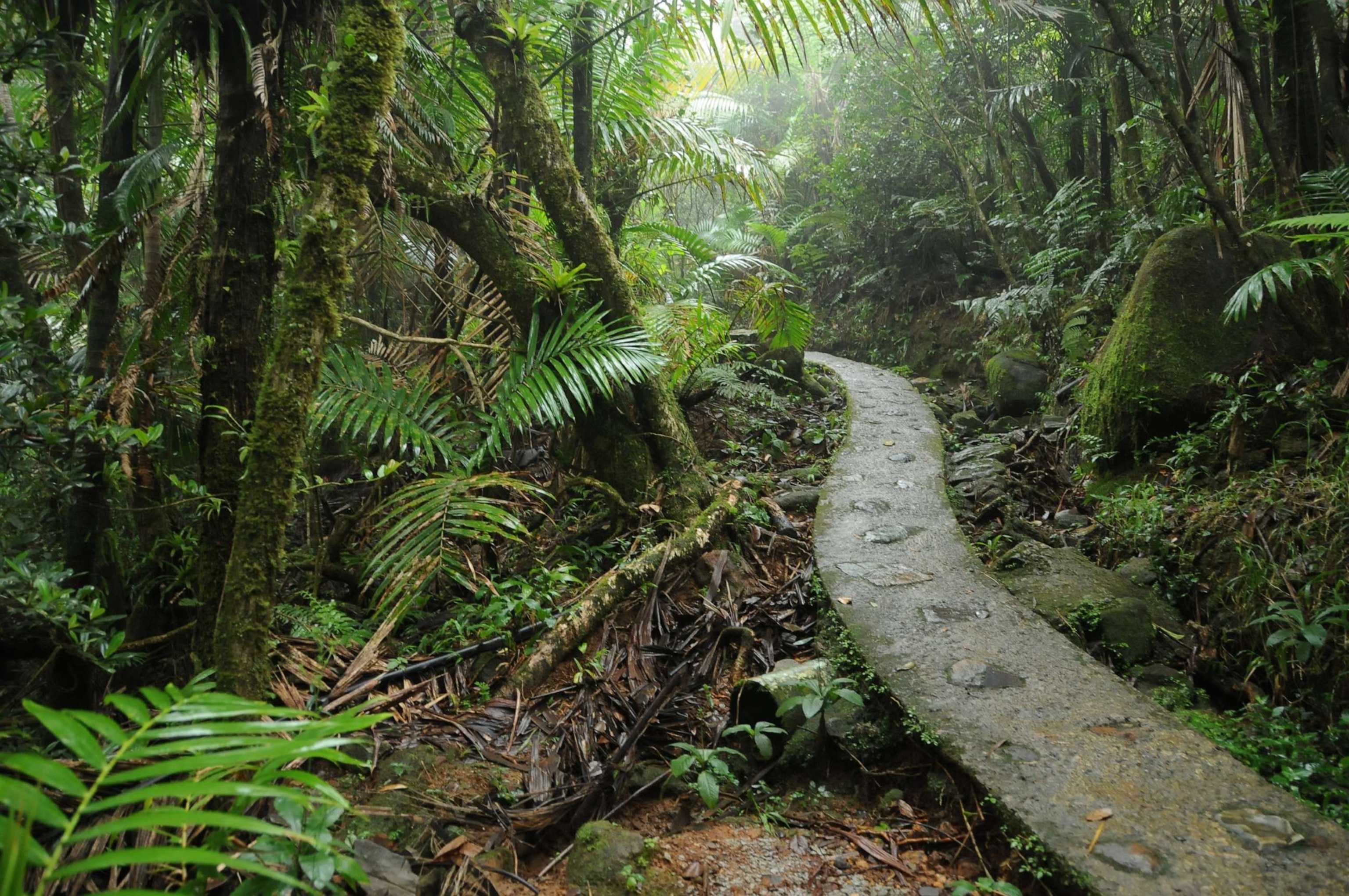Researchers discover another way tropical forests could suffer due to climate change
Tropical forests are reaching critical thresholds due to climate change.
Scientists have recently discovered a phenomenon occurring in tropical forests that could be of great concern if global warming continues unabated.
Climate change has caused the leaves on some plants in tropical forests to stop undergoing photosynthesis -- the process in which plants and other organisms use sunlight to synthesize foods from carbon dioxide and water, according to a study published Wednesday in Nature.
"When leaves reach a certain temperature, their photosynthetic machinery breaks down," Gregory Goldsmith, a professor of biology at Chapman University in Orange, California, told reporters.

This study is really the first to establish the limits of these tropical forest canopies, Goldsmith said.
The analysis indicates that tropical forests may be approaching the maximum temperature threshold for photosynthesis to work, the researchers found.
Researchers used high-resolution measurements taken from an instrument on board the International Space Station between 2018 and 2020. They also placed sensors on top of tree canopies in places like Brazil, Puerto Rico and Australia to estimate peak tropical-forest canopy temperatures.

They found many of the leaves are approaching a critical temperature threshold, according to Christopher Doughty, a professor in infomatics, computing and cyber systems and lead author of the study.
The data shows that canopy temperatures peaked at around 34 degrees Celsius -- or 93.2 degrees Fahrenheit -- on average, although a small proportion of those observed exceeded 40 degrees Celsius, or 104 degrees Fahrenheit.
Researchers are "just starting to see" these temperatures light up throughout forests, Joshua Fisher, a climate scientist with a focus on terrestrial ecosystems at Chapman University, told reporters at Monday's news conference.
The percentage of leaves that began to fail was small -- just an estimated .01% of all leaves in the forests studied, according to the study. But warming experiments predict this value will rise to 1.4% under future warming conditions.

The critical temperature beyond which photosynthetic machinery in tropical trees begins to fail averages at about 46.7 degrees Celsius or about 116 degrees Fahrenheit.
Modeling suggests that tropical forests can withstand up to a 3.9 degree Celsius increase over current air temperatures before a potential tipping point is reached, which is within the worst-case scenario for climate predictions and possible, the researchers found.
"There's a potential for a tipping point in these forest," Doughty said.

Known as the the carbon sinks of the world, tropical forests serve as critical carbon storage due to their capture and pack away carbon dioxide from the atmosphere. In addition, they hold most of the world species, which is why it is important to understand future temperatures and tropical forests, Doughty said.
"There's all sorts of potential feedbacks once you start losing bits of forest," he said.
Ambitious climate change mitigation goals and reduced deforestation are needed to help forests stay below thermally critical thresholds, the authors found.



